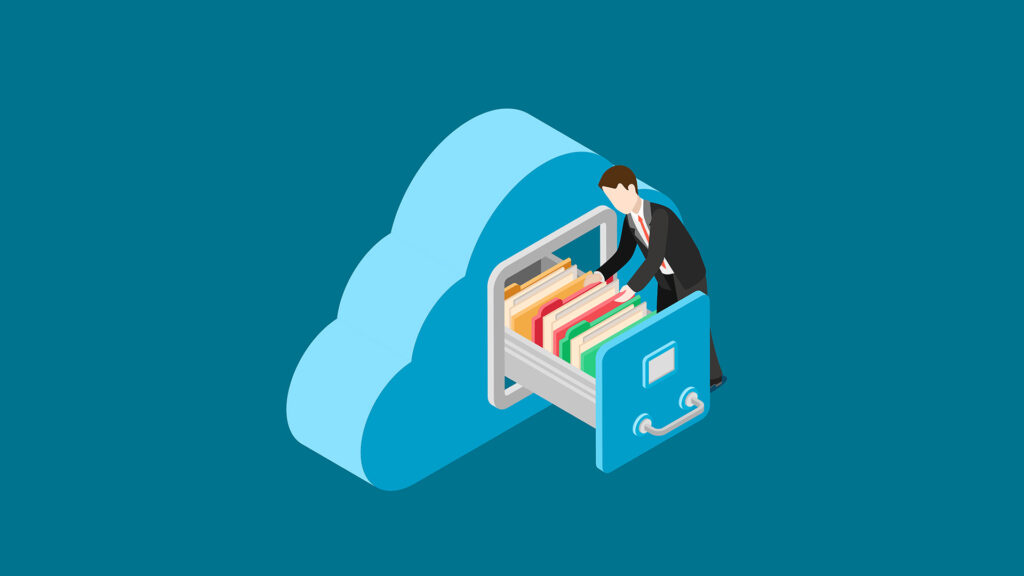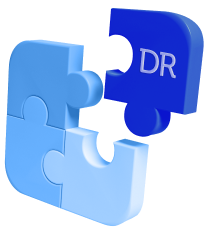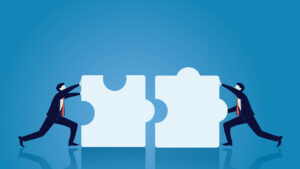XaaS Is Here to Stay – and That’s a Good Thing
Take a quick glance at almost any industry and you’ll spot a common trend: companies of all sizes are adopting a XaaS model. Short for Everything-as-a-Service,” this business model fills gaps that others can’t.
XaaS models reflect a more general shift in preference: from ownership to usership. And the concept is simple: instead of purchasing products, users access what they need as a service.
Software companies pioneered this approach with SaaS. In fact, 79% of SaaS businesses are actively looking to leverage usage data. But a wealth of new “as-a-service” acronyms, for IT services, hardware and vehicles, show just how universal XaaS’ advantages are.
Companies using XaaS enjoy more scalability than traditional models, since they can rent and scale what they need on a flexible basis. They also save costs, by ditching capital outlays for IT and other products, and experience greater corporate agility.
But the Switch to XaaS Isn’t So Simple
Switching to a XaaS model, however, or even scaling up your existing services, requires changes across your organization. You’ll need to have the right technologies and integrations, an updated approach to customer experiences, and a new go-to-market strategy and the people to make it all work.
And ultimately, you’ll need a way to capture and process all the data about how customers use your services. This usage data is the fuel that drives your revenue growth, customer insights and experiences, and product innovation. In this blog, we’ll focus on the data challenges, since that is what we specialize in at DigitalRoute.

6 Data Challenges You Must Overcome to Win at XaaS
XaaS pricing comes in all kinds of formats, including flat-rate pricing, usage-based pricing, tiered pricing, and per user or per feature pricing. Whatever pricing you offer, you’ll need to keep track of how customers use your services in order to bill them correctly and make sure they don’t use more of a service than they are entitled to. This leads us to the six data challenges for XaaS.
1. Dealing with increasing speeds and volumes of data
XaaS models are a direct product of the digital age. On the flip side, you must also deal with more data – at a faster rate and in higher volumes – than ever before. Whether you’re a large cybersecurity firm or a retail startup, you’ll have to process thousands or millions of usage events every minute. And you’ll need to do so in as close to real-time as possible, otherwise you can lose revenue, miss upsell opportunities and deliver poor customer experiences.
Data transfers between legacy systems increase the risk of lost, siloed and outdated data.
2. Handling diverse data sources and types
Volume and speed aren’t the only data-processing issues you’ll face. The fact is, the more digital services you offer, the more varied the data sources you’ll work with are, too. But you can’t feed that into your systems. You’ll need to transform it into something structured. And that’s not all. Throw in handoffs between middleware and legacy systems, and you increase the risk of lost, siloed and outdated data.
3. Using dirty data
A combination of the above two issues results in dirty data. Unless you’re equipped to deal with its components (an inability to handle data volume, speed and variety), you risk infecting your systems with incorrect, outdated information. Any effective XaaS model relies on accurate billing and zero revenue leakage. It also demands optimal insights and decision making.

4. Lack of precise data
No two customers share the same usage fingerprint. Acknowledging this is especially relevant in XaaS environments, given it informs billing accuracy, which can make (or break) customer experience and trust. Mapping the right data to the right service and customer is non-negotiable. So is the ability to show customers how their consumption impacts their costs. A lack of data precision can quickly kill your XaaS business.
It’s all too easy to overlook or miss records when data arrives out of order
5. Complex data sequencing
Data sequencing can leave XaaS businesses scratching their heads. Incoming data must be checked and any gaps accounted for, and then resequenced before being passed to your billing systems. It’s all too easy to overlook or miss records when data arrives out of order. That’s a fast route to sloppy billing, leaked revenues and frustrated customers.
6. Outdated legacy systems
Even the most forward-thinking companies still rely on a blend of legacy IT systems they can’t afford to migrate. And this makes handling data challenges harder, not easier. When it comes to XaaS, you need to be able to integrate your systems in order to attribute specific data records to specific customers. Otherwise, you’re liable to misinterpret the data that makes your “as-a-service” format a success in the first place.
A Usage Data Solution for Your XaaS Business
We already mentioned that if you control your usage data, you control the outcome. The trick is having a solution in place that can do that without adding to your problems.
Too many would-be XaaS players try (and fail) to build their own platform to process all that usage data. Most of those scenarios end badly. Manually adding an XaaS-based model to your revenue system results in huge costs – not to mention massive revenue leakage.
At DigitalRoute, we’ve spent decades helping companies make the switch to “as a service” models. Our Usage Engine software automatically collects usage data from any system or device, processes it into clean data records, then sends them to your billing and business systems. It also has built-in error correction and can even send data back to systems and devices to control consumption in real time.








